Bahay na Pula of San Ildefonso Bulacan
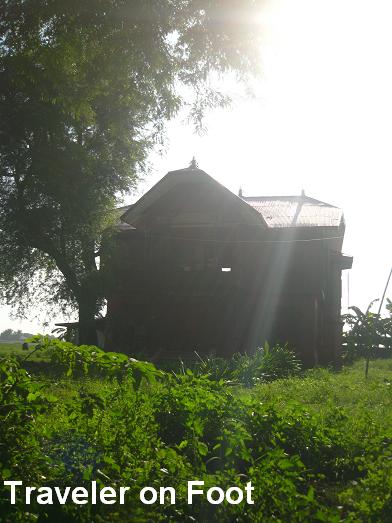
On our way to San Miguel de Mayumo, we spotted an elegant house along the national highway. It looked eerie and uninhabited but the entire structure still bears grandness evoking the hacienda lifestyle of the 19th century landlord.
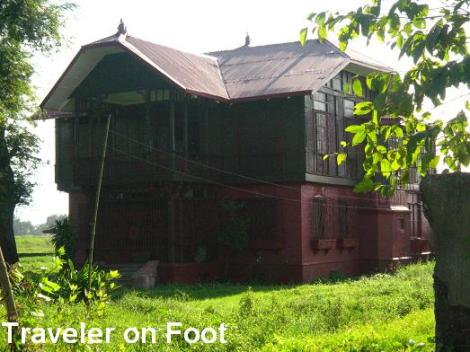
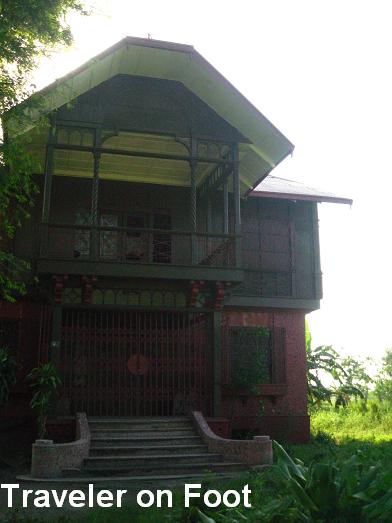
What stories do you know about the haunted Bahay na Pula of San Ildefonso Bulacan?
San Miguel de Mayumo Bulacan
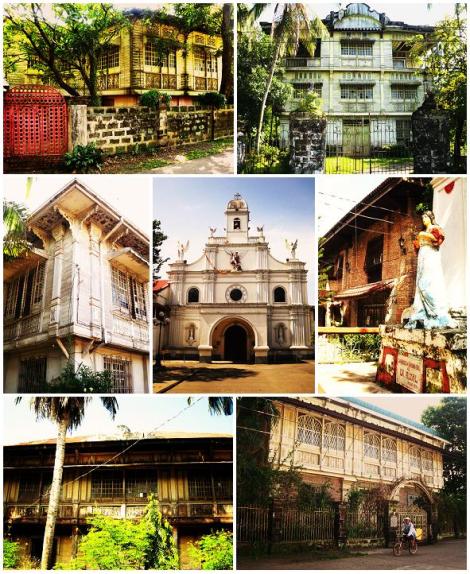
We are fascinated with colonial houses. Aside for their remarkable architecture, and historical value, they tell interesting stories about an era when the dons ruled the towns with patrician formality. So off we went to Bulacan to visit the grand ancestral houses in the town of San Miguel de Mayumo.

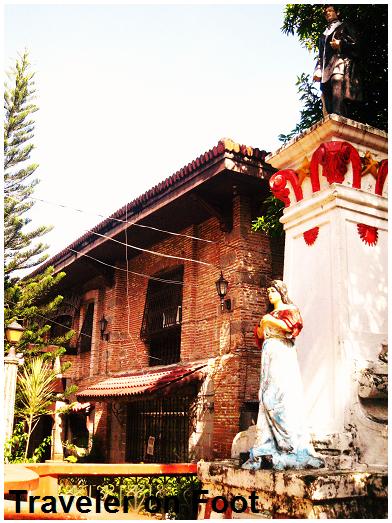
But World War II, land reform policy, communist insurgency movement, and the closing of the railroad system made the old rich families leave their San Miguel lifestyle and established their lives somewhere else. San Miguel today is a quiet town with plenty of ancestral houses that tell stories of patriotism and tasteful living.
From the poblacion, we began our walking tour along Rizal Street where most of the prominent families built their stately homes. The house of Don Miguel Slojo, municipal president from 1908 to 1912 was built in1903 and is in good condition.
The house was one of those taken by the Japanese Army. Locals claim that the house is haunted by the ghosts of those who were murdered in the house during the Japanese Occupation.

The house was built in the 1890’s by Pelagio de Leon and Eladia Santiago where they raised five of their children: Ceferino, Felix, Jose, Crispina and Valeriana. Ceferino was the father of beauty queen Trinidad who later married President Manuel Roxas. Felix was the grandfather of former Bulacan congressman Jose Cabochan. Jose was married to Doña Narcisa Buencamino of LVN Pictures. Crispina was married to Damaso Sempio, a nephew of hero Gregorio del Pilar, and Valeriana was married to Catalino Sevilla who built a gorgeous three-storey mansion which we also visited during the trip.

With Capitan Pepe’s political reputation and Doña Sisang’s social prominence, film celebrities and political figures frequently visit their house including President Manuel Quezon who was godfather to their only son, Manuel.
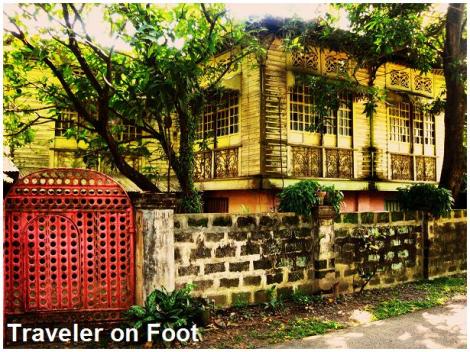
Revolutionary hero General Gregorio del Pilar, Sempio’s uncle was said to have spent the night in the house on his way to Isabela to cover the retreat of Aguinaldo. Also in the Sempio’s guest book was General Artemio Ricarte, the general who refused to recognized American sovereignty over the Philippines.
A short distance from Sempio House is the Simon Tecson Mansion. Simon Tecson served in the Filipino armed forces both during the Spanish and American Wars.
The retreating General Emilio Aguinaldo used the Tecson Mansion as headquarters on the days prior to the signing of the Pact of Biak-na-Bato. Descendants of Simon Tecson claim that the actual signing of the said peace treaty took place in the house and not in cave of Biak-na-Bato. The tintero or inkwell used in the signing and the canopied bed used by Aguinaldo are just some of the revolutionary memorabilia preserved in the house.
Among the historic houses in San Miguel, the Tecson Mansion is the only one that has a historical marker. But just as same as the other houses we visited in the trip, walk-in tourists are not allowed to go inside so we relied on stories told to us by the locals.

The house has been sold to Ronaldo and Amelia Reyes who worked to preserve the house’s original narra floors and walls, mulawin window ledges, and even the original glass windows which were very expensive during the time of the house’s construction.
The lot across the Viola house that was owned by the David served as a meeting place of Katipuneros. The David House was demolished when it gave way after years of abandonment and disrepair.
Another house that might end up the same fate as with the David House is the Catalino Sevilla Mansion. The three-storey structure still puts of a façade of stateliness. But we were told that the house is in dire need of attentive restoration since its foundation is ready to give in anytime.
Built in 1921 by municipal president Catalino Sevilla, the construction of what the locals referred to as the malaking bahay or the only three-storey structure in the town at that time has inspired a local tale about the male ego.
It has been told that Catalino was a mere famer of the landed de Leon family who became rich enough to marry the landlord’s youngest daughter Valeriana. To outshine his father-in-law, the farmer built the tallest structure in town so that his father-in-law would have to look up to his son-in-law.
The third floor housed a spacious ballroom where the Celia Club, composed of the local elite would throw their luxurious soirees as entertainment.

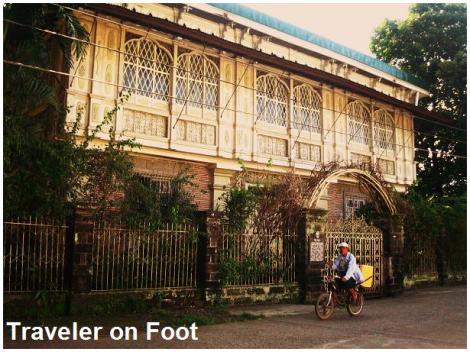


0 comments:
Post a Comment